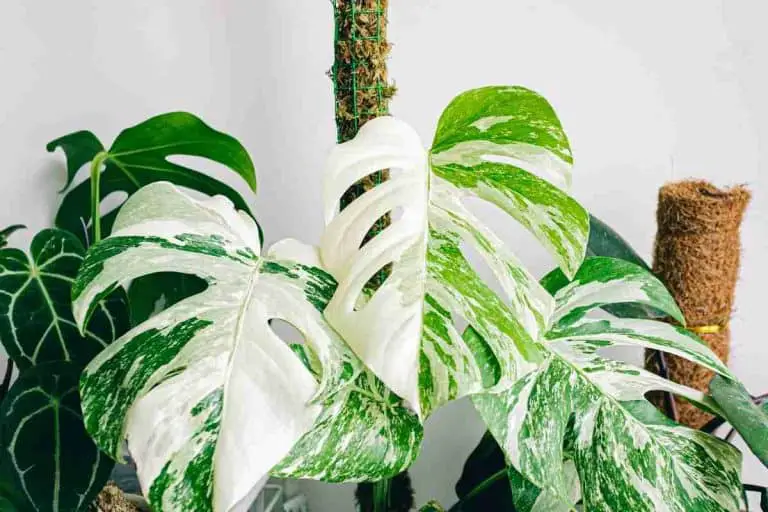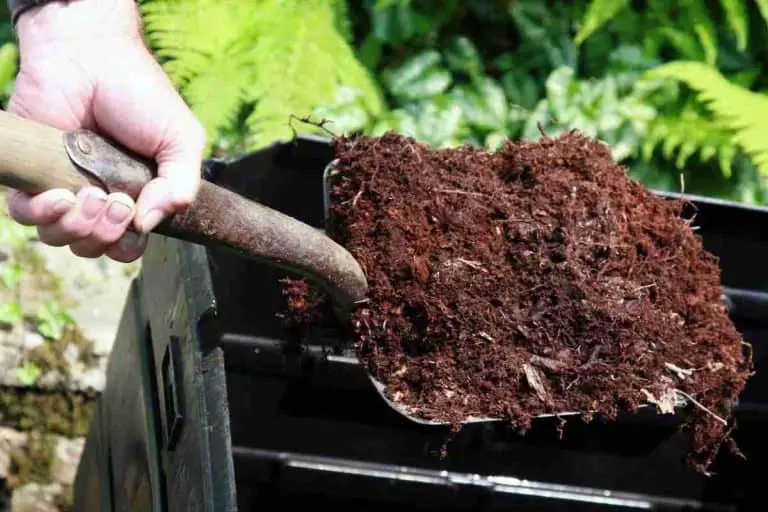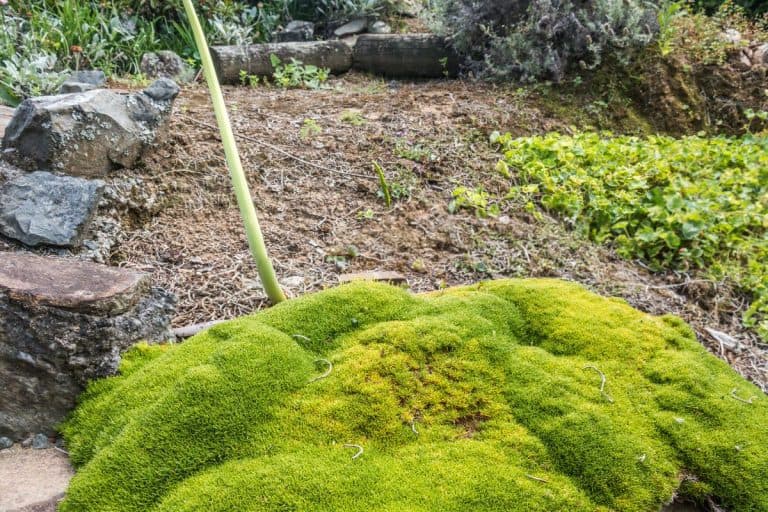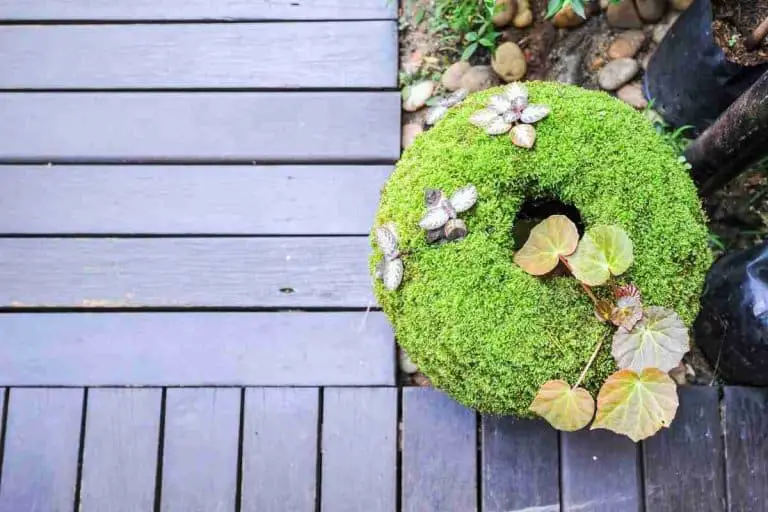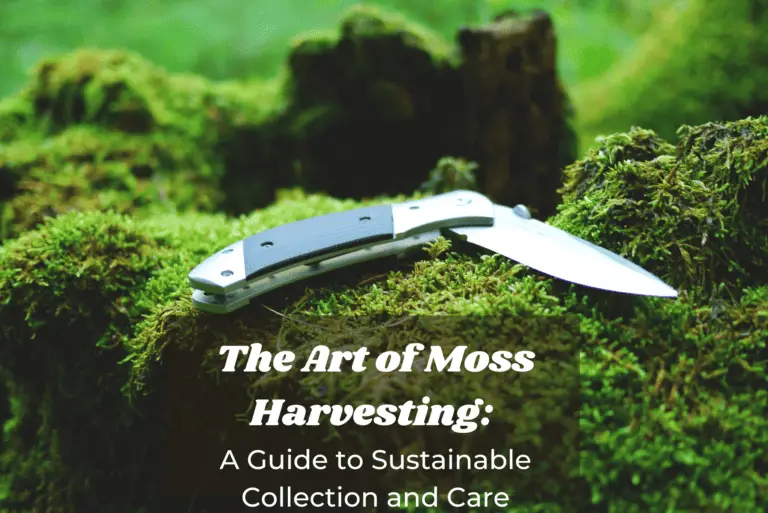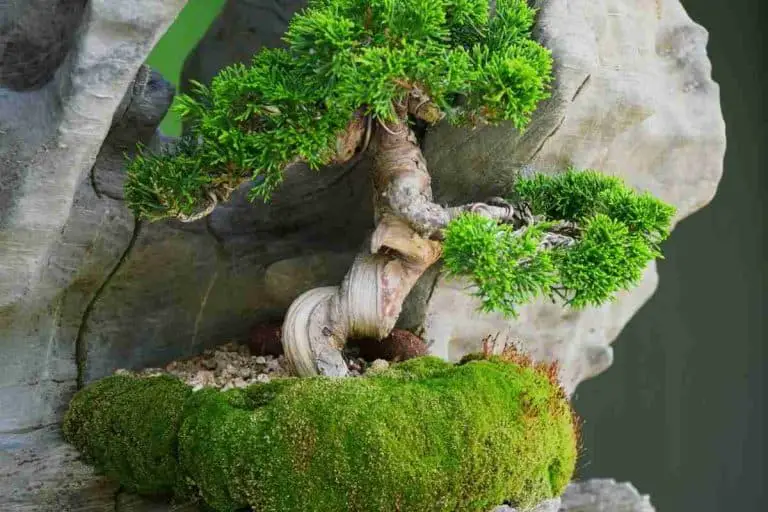8 Simple Tips For Keeping Moss Alive!
How To Keep Moss Alive? While often seen as a nuisance, moss can actually be a beautiful and low-maintenance addition to any landscape.
More tolerant than most other plants, and can be used to add color and texture to areas that are difficult to grow other vegetation, making it a good choice for decorating rock gardens or dry stone walls.
Moss is also an excellent ground cover, able to thrive in shady areas where grass would quickly die.
However, even this hardy plant needs a little TLC to stay alive and healthy. Here are eight tips to keep your moss looking its best.
1. provide Shade
Depending on the type of moss you have, each one has different growing conditions. In order to keep your moss healthy and alive, it is important to provide it will plenty of shade.
Mosses prefer shady, moist conditions with partial sunlight so they can absorb carbon dioxide. However, some don’t do well in direct sunlight so make sure your moss is not exposed to too much light or it could turn yellow and die.
They also do not tolerate foot traffic, so it’s important to choose an area that is out of the way.
You May Also Like To Read:
2. Keep The Moss Moist
Mosses are composed of tiny cells that absorb water and nutrients from the air. When combined with carbon dioxide from the sunlight this is how the plant crates energy through Photosynthesis.
So, in order to keep your moss alive, it is important to keep it moist. This can be done by misting the moss with a spray bottle or watering the can, depending on the size of your moss.
Although It’s very important to water your moss to keep it alive, at the same time, you don’t want to overwater it, as this can cause other problems like moss rot!
Over-Watering Can Cause:
- Puddle Or Swamping
- Build Up Of Moss Rot & Mold
- It Can Attach Bugs And Insects
You May Also Like To Read:
3. Fertilize Occasionally
Mosses are not heavy feeders and often do not need to be fertilized. However, if you want your moss to grow more quickly, you can fertilize it with a diluted solution of liquid fertilizer.
This can also be good if your moss has started to go brown. Giving your moss a boost with fertilizer can help keep it healthy and alive.
Just be careful not to over-fertilize as this can damage the moss. It is best to water down the fertilizer before applying it to the moss and makes sure you follow the package directions.
4. Trim Dead Or Dying Leaves
Mosses are very efficient at absorbing water and sunlight through their leaves, however, over time, these leaves can die and if they’re not trimmed away, they can damage the plant and it will die.
To keep your moss thriving make sure you trim and remove any dead leaves.
Simply use a sharp pair of scissors or garden shears to cut them away from the plant. After trimming away the dead leaves, you can also fertilize the moss to encourage new growth.
5. Protect From Pests And Diseases
Mosses are relatively resistant to pests and disease. However, there are a few pests that can damage moss. The most common pests that affect mosses are slugs and snails.
These creatures can damage the leaves of the plant, which can eventually kill it.
Moss rot is another thing that can attract slugs and snails so as before make sure you don’t overwater it.
To protect your moss from these pests, you can use slug bait or trap them with a beer bottle placed upside down in the garden.
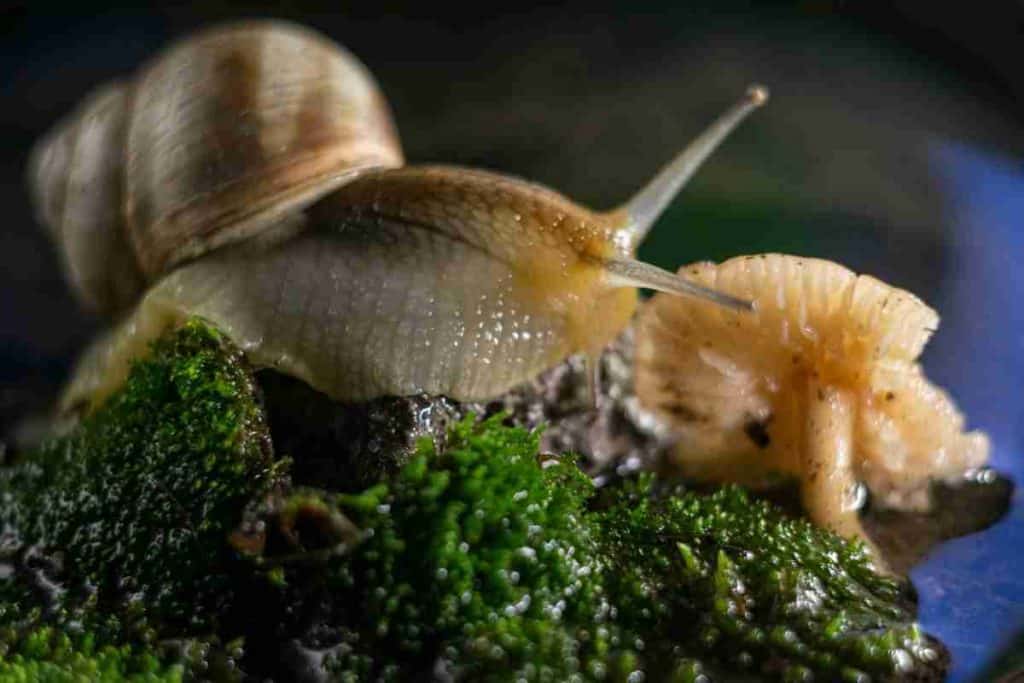
6. Remove Any Weeds
Weeds and other debris can damage mosses by competing for resources like sunlight, water, and nutrients. To remove these unwanted plants, simply pull them up by the root or dig them out with a trowel.
Be careful not to damage the moss in the process.
After removing the weeds, you can also add a layer of mulch to help prevent new ones from growing this should help keep your moss alive.
You May Also Like To Read:
7. Promote New Growth
It’s also important to cut back your moss if needed to promote new growth. Be sure to trim away any long leaves as well as any that are damaged. You can also fertilize the moss after trimming to encourage new growth.
This will allow sunlight to reach areas that were previously blocked out from the light, promoting photosynthesis and helping the plant to stay healthy.
A properly maintained moss can keep it alive and provide your garden with a lush, verdant look that is sure to impress your neighbors.
8. Monitor The Soil Acidity
The soil acidity is important to monitor because it can have a big impact on the health of your plants. Although this is not always the case with moss and it can still grow on soil that doesn’t have good Ph levels, having healthy soil can differently give it an upper hand in its growth.
Moss doesn’t need to be planted in the ground, however, it does prefer acidic soils with a pH of about five and seven.
There are a few different ways you can check the pH reading. First, you can use a pH test kit to test the levels yourself and make adjustments as needed. Second, you can hire a professional landscaper to do it for you “but” this option may cost you!
Either way, monitoring the soil acidity is important to keeping your moss alive and healthy.
You May Also Like To Read:
Is moss hard to keep alive?
Many people believe that moss is difficult to care for, but this is not necessarily true. Moss does not require a lot of sunlight or water to thrive, so it’s a good option for shady areas of the garden.
In addition, moss is relatively tolerant of poor soil conditions and can even help to improve the drainage in compacted soil.
However, moss does have some specific requirements for successful growth which we have mentioned in this article. If you follow these steps, then you should have no problem keeping your moss alive and healthy.
How Long Can Moss Survive For?
Moss is a fascinating plant that has survived for centuries. Unlike most plants, moss does not have roots or leaves. Instead, it relies on special structures called rhizoids to anchor itself to surfaces like rocks and tree bark.
Despite its simple structure, moss is a remarkably resilient plant. It can survive extreme temperature swings and prolonged periods of drought.
In fact, moss has been known to remain alive for at least 100 years. While its lifespan is admittedly shorter than that of trees or other plants.
In the end, it really comes down to how you look after your moss and making sure they grow in the right conditions.
Can You Bring It Back To Life?
If you’ve ever seen a lush, green moss carpeting the forest floor, you may have been tempted to bring some home with you. But what happens when that moss starts to turn brown and dies? Can you bring it back to life?
If the moss has been dry for too long then No! However, if the moss has only recently turned brown and looks lifeless then there is a chance you can bring it back to life.
- First, check the soil moisture and make sure it is not too dry or too wet. Mosses prefer moist soils but will not tolerate soggy conditions
- Next, trim away any dead, damaged leaves or any moss rot that may be harming the moss
- You can also fertilize the plant to give it a boost and encourage it to grow
- Next, provide the moss with plenty of indirect sunlight and monitor the soil moisture levels carefully
- Finally, with a little patience, you may see new growth emerging from the dormant moss
By following these simple tips, you can keep your moss alive and healthy for many years to come. Just remember with moss patience is key! and just showing a little bit of love, can go a long way.
Final Thoughts
So now you know how to keep your moss alive! Just remember to provide it with the right conditions and give it a little bit of love and attention and your moss will be fine.
Don’t forget if you want to know more about moss feel free to check out the rest of our articles on this website. Thanks for reading!
You May Also Like To Read:

